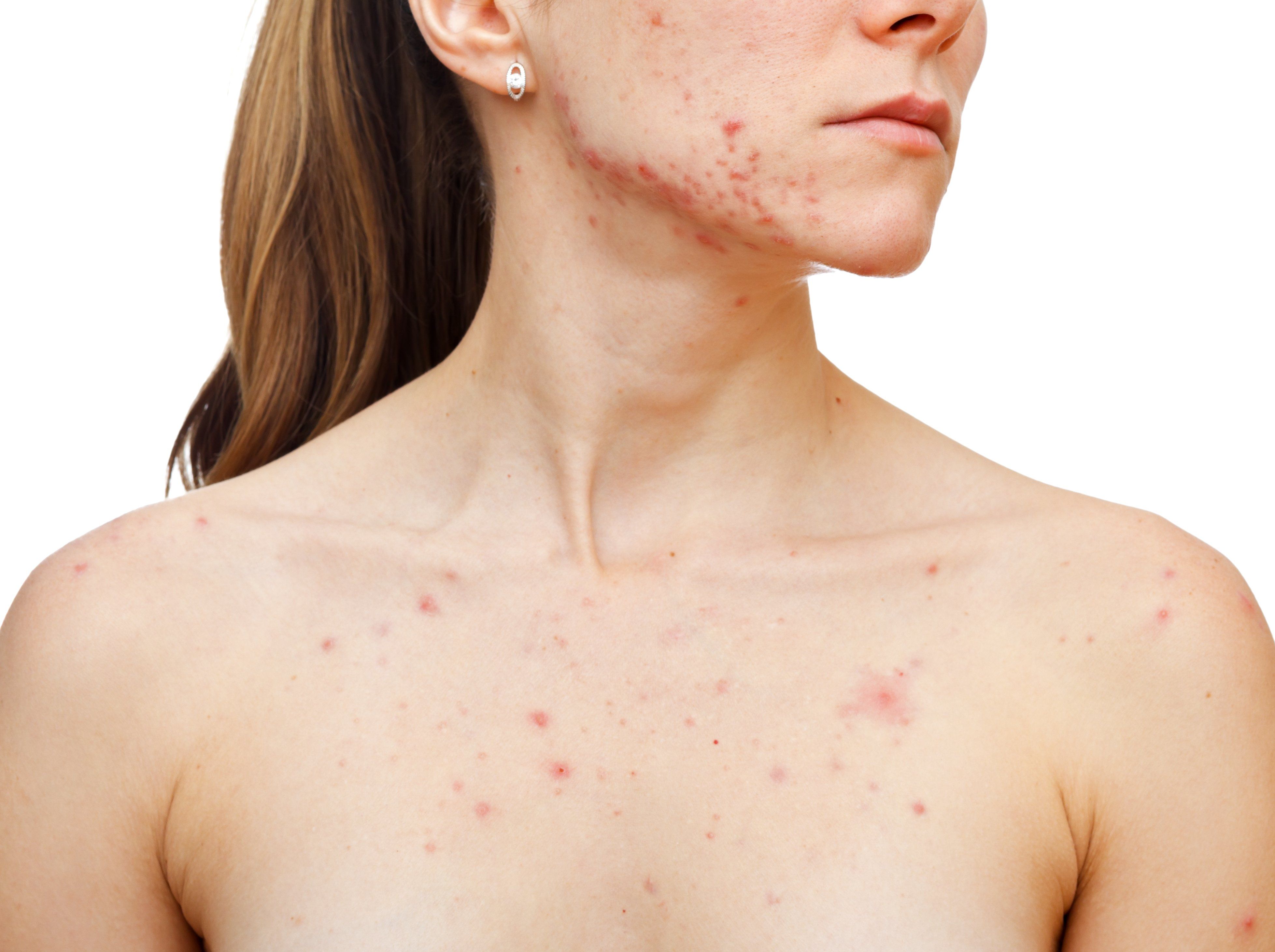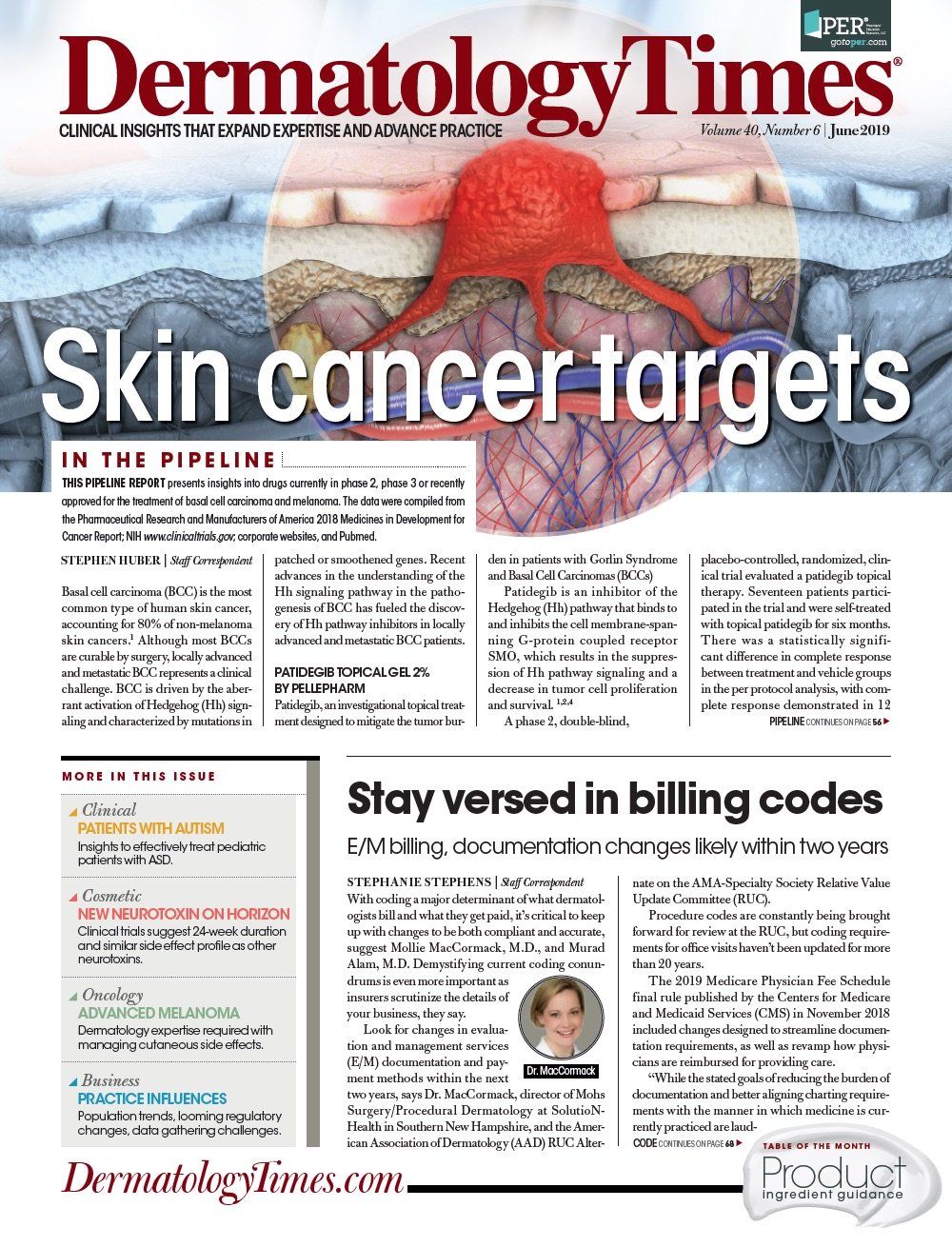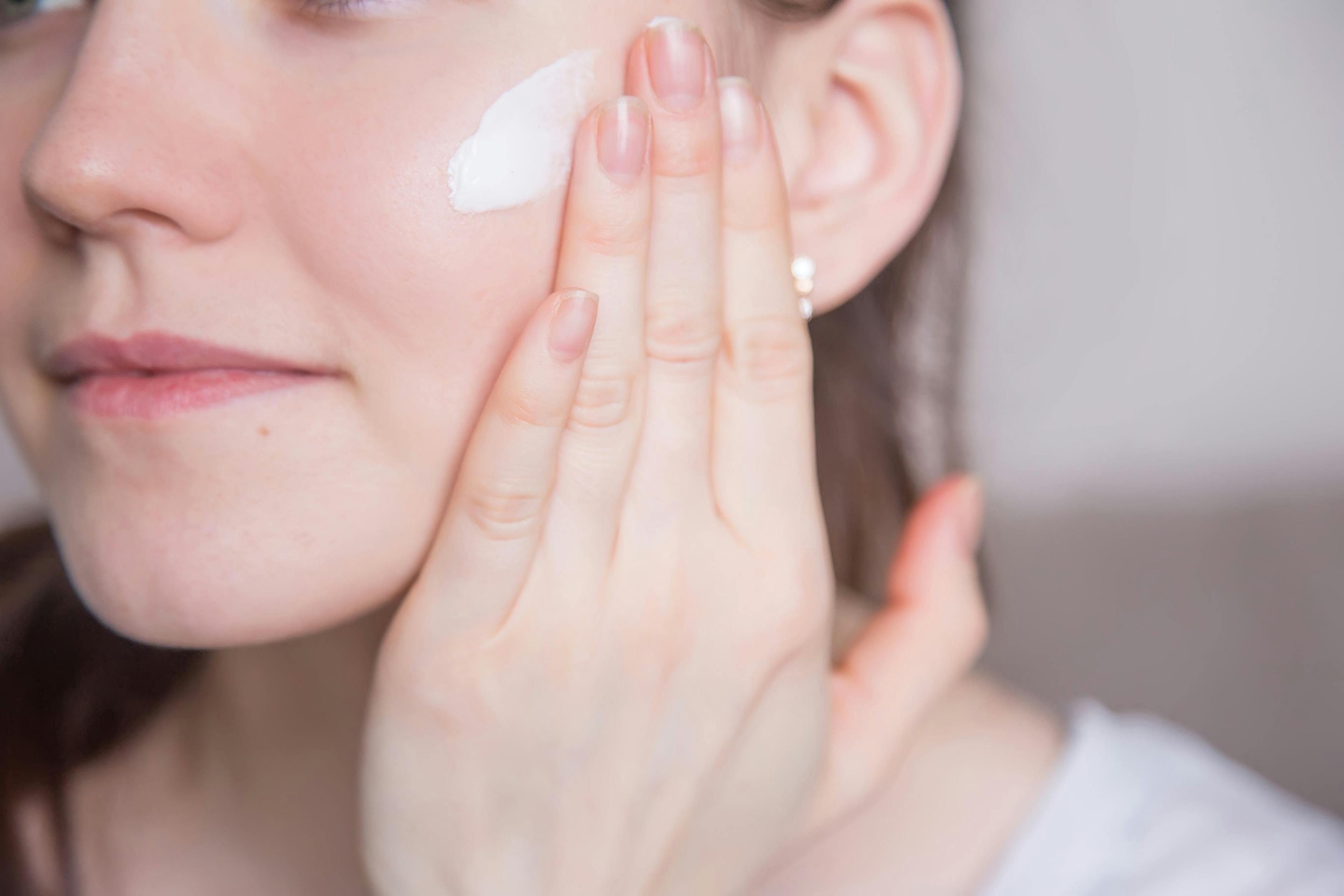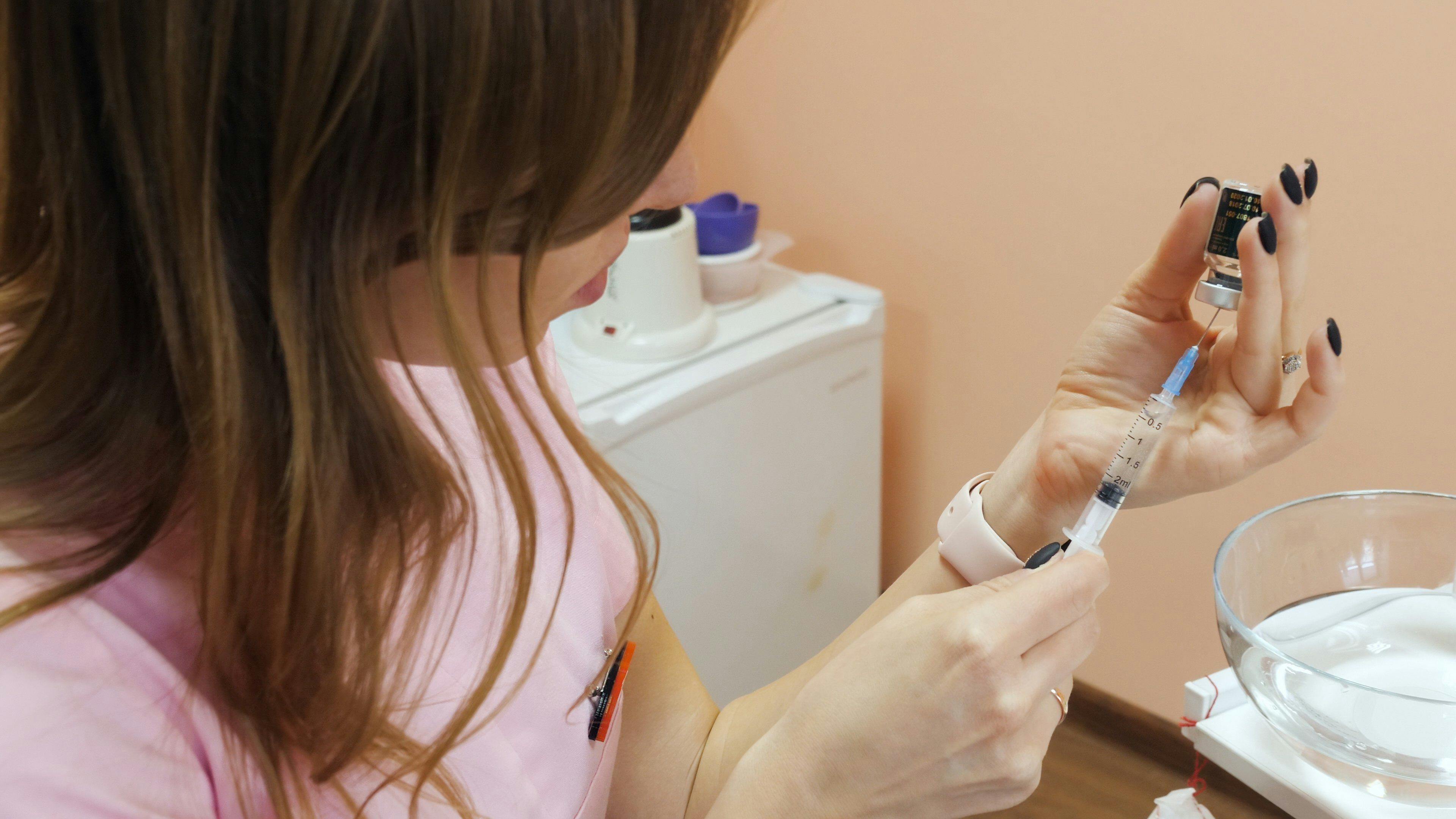- Acne
- Actinic Keratosis
- Aesthetics
- Alopecia
- Atopic Dermatitis
- Buy-and-Bill
- COVID-19
- Case-Based Roundtable
- Chronic Hand Eczema
- Drug Watch
- Eczema
- General Dermatology
- Hidradenitis Suppurativa
- Melasma
- NP and PA
- Pediatric Dermatology
- Pigmentary Disorders
- Practice Management
- Precision Medicine and Biologics
- Prurigo Nodularis
- Psoriasis
- Psoriatic Arthritis
- Rare Disease
- Rosacea
- Skin Cancer
- Vitiligo
- Wound Care
Publication
Article
Dermatology Times
Dermatologists relying less on antibiotics for acne
Author(s):
Curbing use of antibiotics to treat acne has been challenging despite updated guidelines supporting limited use and the growing problem of bacterial resistance. But things seem to be changing for the better, says Diane M. Thiboutot, M.D.
“What I do after that three-month period is I make sure that they have other therapies onboard, usually a benzoyl peroxide or topical retinoid,” says Diane M. Thiboutot, M.D. (OcskayBence - stock.adobe.com)

Diane M. Thiboutot, M.D.

Dermatologists’ overall antibiotic prescribing has fallen in recent years, so they and their acne patients are finally relying less on antibiotics and more on alternative treatments, according to Diane M. Thiboutot, M.D., professor of dermatology at Penn State College of Medicine.
Dr. Thiboutot spoke about antibiotic treatment for acne as part of the Acne Treatment Controversies panel during the March 2019 American Academy of Dermatology annual meeting in Washington D.C.
NO SMALL ISSUE
Antibiotic resistance is among today’s biggest threats to global health, food security and development. And antibiotic misuse is accelerating the problem and rendering antibiotics less effective against a growing number of infections, including pneumonia, according to a fact sheet released February 2018 by the World Health Organization (WHO).1
Dermatology, a relatively small specialty, remains a mighty force among antibiotic prescribers with dermatologists prescribing more oral antibiotics per clinician than any other medical specialist, according to a recent review published online in JAMA Dermatology.2
The good news from that study: Dermatologists’ antibiotic prescribing fell 36.6% between 2008 and 2016, which is largely because of decreases of use in extended courses of antibiotics prescribed for acne and rosacea, according to the authors.
“Because of concerns about the development of bacterial resistance, we have been recommending to limit the use of antibiotics for the treatment of acne. The guidelines for the treatment of acne3-the more recent guidelines from the AAD in 2016-incorporate some of this information with regard to the use of antibiotics,” Dr. Thiboutot says. “Nevertheless, some dermatologists still treat patients with antibiotics for several months or years at a time. The updated guidelines recommend that oral antibiotics should be used for the treatment of acne for no more than a three-month period.”
According to the guidelines, dermatologists should consider starting acne patients on topical treatments along with antibiotics, so that patients continue topical therapies after stopping oral antibiotics.
But while the messages are clear, changes in antibiotic prescribing practice patterns have been slow in coming in dermatology, according to Dr. Thiboutot.
“We made recommendations about reducing antibiotics around 2003,” she says. “I think part of the issue is that antibiotics have been a mainstay of acne treatment.”
ANTIBIOTIC ALTERNATIVES
Among the acne treatment alternatives gaining wider acceptance: the hormonal agent spironolactone. It’s not FDA-approved for acne but is widely used to treat acne in women, according to Dr. Thiboutot.
Another way to limit antibiotic use in acne patients is to use isotretinoin sooner in those who continue to have acne despite long-term antibiotic treatment, especially when patients have acne-associated scarring, according to Dr. Thiboutot.
“Another alternative would be to maximize the use of topical therapies like benzoyl peroxide, topical retinoids, other topical agents,” she says.
Still another option-one that involves an antibiotic at lower doses-is treating acne with sub-antimicrobial doses of doxycycline.
“There have been publications on this,” Dr. Thiboutot says. “Low-dose doxycycline is not FDA approved for the treatment of acne, but it has been studied in rosacea and is FDA approved for the treatment of rosacea. It would be interesting to have some long-term studies looking at whether use of sub-antimicrobial doses of doxycycline for acne is associated with the development of bacterial resistance. Those longer-term studies have been reported in the dental literature, but no long-term studies have looked at bacterial resistance in acne patients.”
Dr. Thiboutot says that she was among the dermatologists who often would go to antibiotics for acne treatment several years ago.
“When the new information came out about bacterial resistance, it was a bit concerning to treat someone and then stop the antibiotics after about three months. I wasn’t sure how that was going to go,” she says. “I was really pleasantly surprised in a lot of cases. What I do after that three-month period is I make sure that they have other therapies onboard, usually a benzoyl peroxide or topical retinoid. In some cases, I do use low doses of doxycycline but would welcome additional data.”
Disclosures: Dr. Thiboutot consults with Botanix, Cassiopea SpA, Novartis and Sebacia. She has been advisor for Dermira, Galderma Laboratories, Novan and Sebacia.
References:
1 Antibiotic resistance. World Health Organization: https://www.who.int/news-room/fact-sheets/detail/antibiotic-resistance. Published February 5, 2018.
2 Barbieri JS, Bhate K, Hartnett KP, Fleming-dutra KE, Margolis DJ. Trends in Oral Antibiotic Prescription in Dermatology, 2008 to 2016. JAMA Dermatol. 2019; epub ahead of print January 16, 2019: https://jamanetwork.com/journals/jamadermatology/fullarticle/2720317
3 Systemic antibiotics: Recommendations. American Academy of Dermatology Association: https://www.aad.org/practicecenter/quality/clinical-guidelines/acne/systemic-antibiotics

Newsletter
Like what you’re reading? Subscribe to Dermatology Times for weekly updates on therapies, innovations, and real-world practice tips.




























